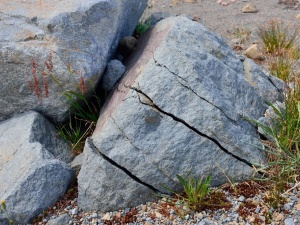Tailoring Resin–Metal Adhesion by Femtosecond Laser Surface Texturing
Abstract
Epoxy resin wettability and adhesion on metal surfaces are of interest to composite manufacturing processes in two aspects: while higher adhesion is desired for composite to metal part bonding, lower adhesion is expected for metal tools used in the composite fabrication process. Among several surface modification techniques to achieve such increased/decreased adhesion strengths, femtosecond laser micromachining is a sustainable and scalable technique. Therefore, this study aims to explore epoxy resin adhesion behavior against femtosecond laser micromachined aluminum surfaces as a function of different microscale topographies. The texture types include microscale hexagonal and cylindrical hole patterns with different solid/air surface fractions and comparatively smaller-scale laser-induced periodic surface structures. Based on polished metal contact angle results, desired texture geometries are selected in a range to theoretically favor or inhibit resin penetration into microcavities. Theoretical predictions are derived from the capillary effect and Gibb's energy difference. The adhesion strength of resin to metal is examined by tensile tests. All the laser-textured surfaces show considerably increased adhesion strengths compared to polished surfaces. Scanning electron microscopy and laser profilometry analysis on failed surfaces confirm resin penetration into all textures. Nevertheless, hexagonal holes, which exhibit the highest microcavity volume, show potential for air trapping.



